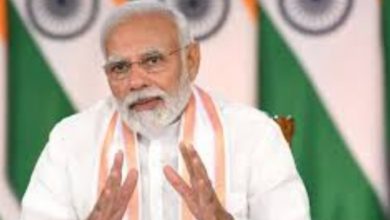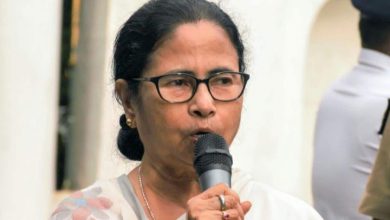What winter means for Ukraine-Russia war: Fewer offensives, shorter ‘golden hour’ to save injured soldiers

As Ukrainian President Volodymyr Zelenskyy hails the Russian withdrawal from Kherson as the “beginning of the end of the war”, the British minry of defence said that daylight hours, temperature, and weather would change with the onset of winter, changing the conflict conditions faced Ukraine and Russia. Daylight hours will reduce to nine hours from 15-16 hours during peak summer, resulting in more static frontlines and fewer offensives. An impact of night fighting will also be witnessed, the update said.
A drop in temperature to zero degrees Celsius will increase the possibility of non-freezing cold injuries and reduce half the ‘golden hour’ window to save a critically wounded soldier. This makes the risk of contact between the two sides greater than ever.
Additionally, more rains, faster winds, and snowfall will present their own set of challenges, the intelligence update stated. The winter pause is likely to last six months, as the winter extends till April, with rain and muddy grounds hampering the movement of forces till late November and snowfall making mounting offensives nearly impossible.
The intelligence update noted that any decisions that the Russian General Staff make will be in part informed the onset of winter.
Latest Defence Intelligence update on the situation in Ukraine – 14 November 2022
Find out more about the UK government’s response: https://t.co/XkaDUtCMFV
🇺🇦 #StandWithUkraine 🇺🇦 pic.twitter.com/HyQ3c9kxSv
— Minry of Defence 🇬🇧 (@DefenceHQ) November 14, 2022
Biden adminration officials said the winter slowdown should be used to rebuild Ukraine’s defensive and offensive weapons supply, according to a report The New York Times. Military analysts said during the looming pause, both sides will also retrain troops and gear up for a renewed push in February.
“For Ukraine, winter conditions will make the logics for conventional operations to reclaim territory more difficult, while the lack of vegetation and other cover will make advances with limited armor risky,” the Royal Institute analysts wrote. “For Russia, with demoralized forces and poorly prepared positions, the winter is likely to see a further slump in morale and significant casualties from exposure injuries.” However, the Russians “seem intent on continuing to lob cruise missiles” at Ukrainian civilian infrastructure, said Kahl, a Defense Department senior official, causing the war to continue but at a lower intensity.
As the winter approaches, residents are living without heat, water and electricity, and are short of food and medicine.
These concerns come as Ukrainians cheer the retaking of Kherson, one of Ukraine’s biggest successes in the nearly nine months since Moscow’s invasion. But large parts of eastern and southern Ukraine are still under Russian control, and the city of Kherson itself remains within reach of Moscow’s shells and missiles.
Meanwhile, the US announced new sanctions that would target 14 individuals and 28 entities that have been helping Russia to acquire military technologies for its war against Ukraine, according to US Treasury Secretary Janet Yellen, Reuters reported. The US will also provide Ukraine with additional military aid in the next couple of weeks at “roughly the same magnitude” as the $400 million support package announced on November 10.
With inputs from agencies





